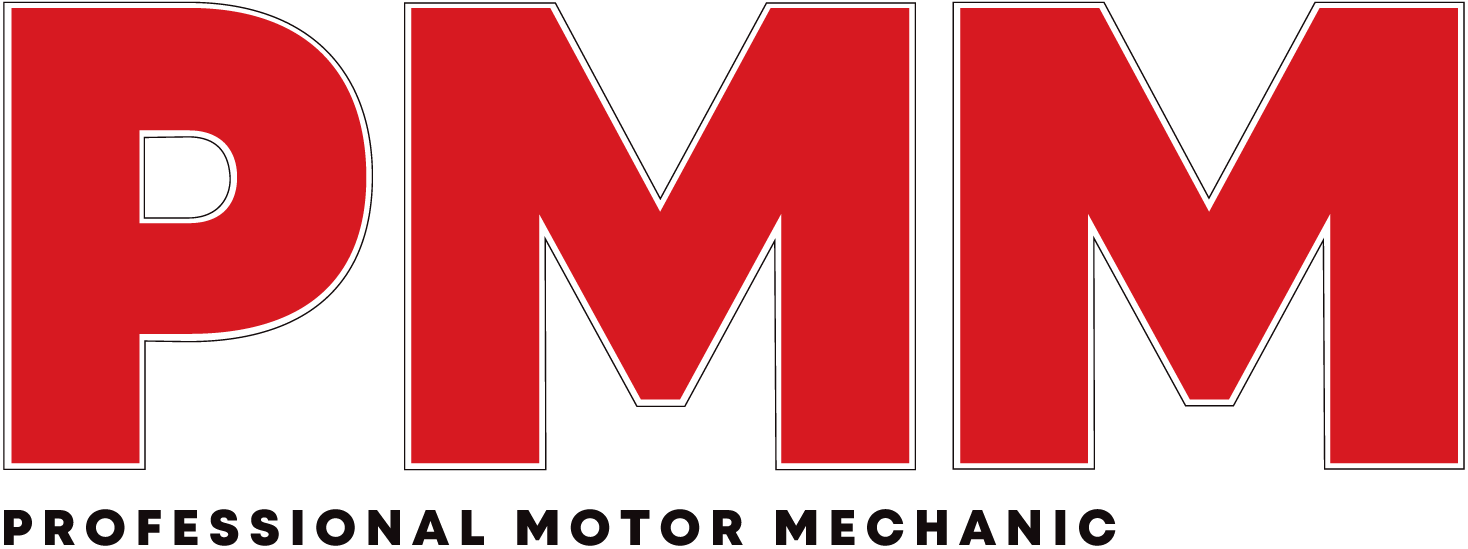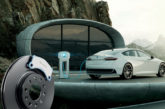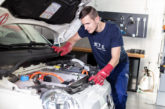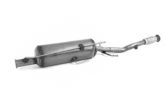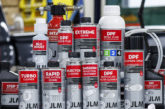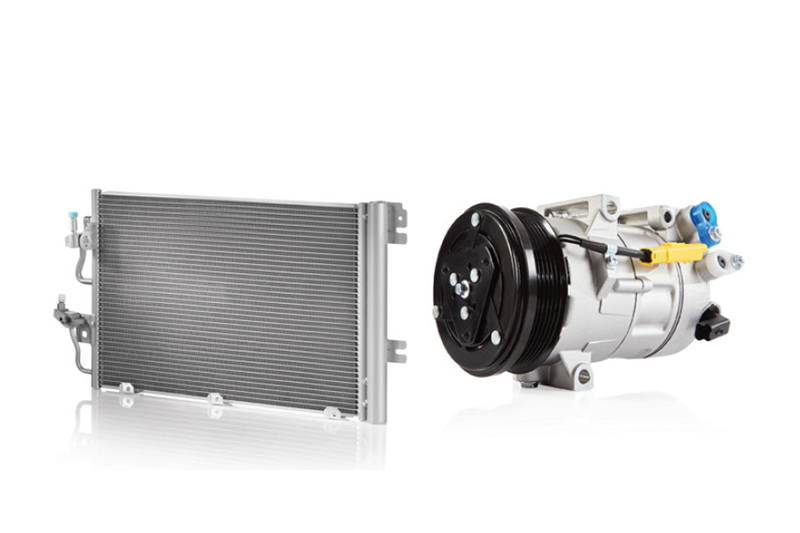
Nissens Automotive provides advice to readers of PMM about diagnosing problems with air conditioning.
As an air conditioning expert Nissens Automotive is not only at the forefront when it comes to premium quality replacement parts, but also in its commitment to equip professional technicians with the information they need to fit them right, first time.
With the 2025 climate season in full swing, Nissens has helpfully brought together the most important A/C service and diagnostics procedures into a single poster that can be mounted on the wall of any workshop, to provide a useful ‘at a glance’ resource to ensure the right checks are made and nothing is forgotten.
Reflecting the elements that need to be considered, the poster provides a 10-step guide to these procedures, starting with a basic check to the functionality of the system and ending with the proper way to charge the system prior to its recommission.
10-step overview
The basic function check – measuring the air temperature at the air vents in the cabin using a thermometer. A healthy system should generate 5-10 °C/40-50 °F at an ambient temperature of 15-30 °C/60-90 °F.
Visual inspection – before considering a complex repair and possible invisible problems, this initial control focuses on the visible, and it is highly efficient initial troubleshooting. It is often disregarded, but it can quickly reveal the root cause of severe system malfunctions, thus shortening the service time.
System charge/static pressures check – conclude whether the system is charged correctly. The correct refrigerant charge is a key requirement for the optimal operation of the system and the health of the components. In addition to poor performance, an incorrect charge can lead to many failures in the system, as well as premature component failure.
Operating pressures check – this is one of the critical test procedures that reveals typical system failures, including malfunctioning key components, clogging in the system and other severe failures.
Operating temperatures check – temperature based component diagnostics is one of the basic methods for troubleshooting the system as it is easy, reliable and cost-effective. Depending on the pressure side where A/C loop components are located, each element has a nominal range of temperatures in which it operates properly. Temperatures beyond the nominal range, either too high or too low, can indicate potential issues related to the component itself, other components in the loop, other components in the system, or the consumables applied.
Loop inner cleanliness and flushing – the A/C system must be clinically clean inside the loop to perform correctly. Refrigerants and lubricants work at high temperatures and pressures, and components with precise mechanisms (compressors and expansion devices) require cleanliness for optimal operation.
Electrical component check – the A/C system consists of input collecting and signal generating sensors for performance control or protection. So, inspect for malfunctions within the electricity system and electrically driven A/C components. However, a variety of troubleshooting approaches need be applied depending on the A/C system design and the given vehicle make and model.
Components replacement – even if some of the components in the system demonstrate an apparent malfunction, never skip thorough and methodical diagnostics, before their replacement. This will help to eliminate the root causes of the AC system malfunction, thus performing the service effectively and saving the customer from further, unnecessary expense.
System leaks & tightness control – tight joints within the system are necessary to maintain the correct charge and its efficient operation. Besides lower system performance and refrigerant losses, leaks expose other system components and the A/C compressor to premature wear. So, leak detection is of the highest priority when undertaking any A/C service and repair.
System charge – pulling a vacuum is a crucial service procedure. If pulled correctly, it removes possible moisture from the system and reveals its tightness, preparing and facilitating the charge of the refrigerant into the system. Recommended time and pressure:
- 60 minutes – by ambient temp > 25°C / 77°F
- 90 minutes – by ambient temp < 25°C / 77°F
- 29.5 in.-Hg/-14,2 psi/ -0,98 bar or deeper
When charging the system, use only refrigerants and additives approved for automotive climate systems and strictly observe the vehicle manufacturer’s specifications for the refrigerant and lubricant type and quantity. In addition, before charging, determine the resting volume of the lubricant and additives in the system.
As this overview clearly demonstrates, the correct way to service the A/C system is considerably more involved than simply regassing it! So, workshops with an appetite to make the most of the undoubted profit opportunities that A/C systems can generate need to understand the complexities, and the all-encompassing poster that Nissens has produced certainly helps.
In addition, however, Nissens recommends that workshops undertake regular A/C training to really unlock the profit potential of A/C repair and maintenance. So alongside its Genuine Nissens Quality replacement components and useful technical resources, it also provides comprehensive training modules to help technicians fully understand the subject and master the necessary skills.
